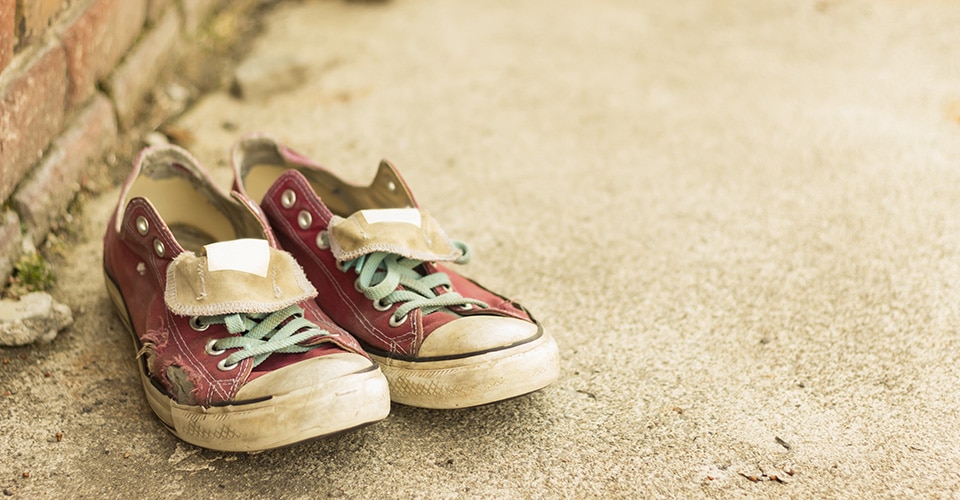
A public-private-people partnership gives old shoes a second life
Used shoes are making new tracks in Singapore – jogging tracks, that is.
Earlier this summer, Dow joined the national sports agency Sport Singapore (SportSG) and other partners to establish a first-of-its-kind permanent shoe-waste collection ecosystem in Asia Pacific. The new public-private partnership will recycle the rubberized soles and midsoles of used shoes into materials used to make sports surfaces and infrastructure. The shoes can be dropped off at any of 100 collection sites across Singapore.
The collaboration rethinks what can be done with waste that previously went to landfills and builds upon a successful 2020 pilot program between Dow and SportsSG that saw more than 75,000 shoes collected – the equivalent of approximately 3.3 kilometers of jogging track built. It also is an example of how public-private partnerships can play an important role in implementing real-world recycling solutions that are accessible and scalable.
The project aligns with Dow’s commitment to advance a circular economy and increase global recycling rates, including its “Stop the Waste” target that seeks to enable 1 million metric tons of plastic to be collected, reused or recycled through direct actions and partnerships by 2030.
CHALLENGE: RUNNING OUT OF TIME
Singapore is an island nation with one offshore landfill, the Semakau Landfill. The landfill is projected to hit capacity in 2035. In order to reduce the amount of waste sent to the landfill, the government of Singapore has launched a Zero Waste Masterplan that aims to reduce the waste to landfill daily by 30 percent. This will help extend the useful life of the landfill.
To help meet its zero-waste goals, the government of Singapore is seeking to partner with businesses, non-governmental organizations, community groups and schools to come up with innovative and effective solutions to curbing waste and promoting a zero-waste lifestyle.
One opportunity to close the loop on waste is shoes. Each year, approximately 22 million pairs of shoes are sold in Singapore, and only a small percentage is recycled.
SOLUTION: ON TRACK TO REDUCE WASTE FOOTPRINT
Why shouldn’t the same shoes that once rounded the jogging track become part of the track itself? Establishing a permanent shoe-waste collection ecosystem helps Singapore residents give a second life to their used sports shoes and contribute to building new sports services and infrastructure. At the same time, their actions help reduce the load on the nation’s landfill. The program seeks to recycle 170,000 pairs of used sports shoes annually.
Drawing on its technological and R&D expertise, Dow is working with Sport Singapore to transform shoes contributed by members of the community into jogging tracks, fitness corners and playgrounds. Through the program, the rubberized soles and midsoles are to be ground into granules that then will be bound together by a water-based and solvent-free binder technology. The collaboration also involves partners such as B.T. Sports, Alba WH, Decathlon and Standard Chartered Bank.
An important component of the pilot program was to educate Singapore residents to adopt new recycling behaviors and drive positive change in the community. A robust, permanent program has the potential to shift mindsets across the value chain, so recycling used shoes becomes business as usual in Singapore.
STEPPING UP TO BUILD A CIRCULAR ECONOMY
A goal of the shoe-waste collection program is that, over time, it can help bring about fundamental behavioral shifts that change the sport ecosystem. This will in turn help champion a Singapore that produces less waste and less carbon emissions.
When it comes to tackling common challenges such as climate change and a mounting waste problem, we all need to reduce our ecological footprint. Public-private-people partnerships can be a step forward – helping to build a global circular economy where resources are used efficiently, proper recycling supports economic activity, and innovation and technology push the boundaries of resource recovery.





